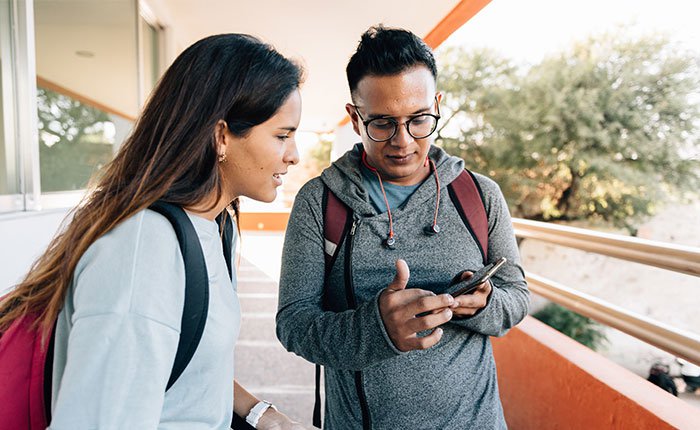Opportunistic marketing
Alcohol brands on social media are often quick to capitalise on marketing opportunities created by the topical events or current news.
The COVID-19 (coronavirus) pandemic in Australia in 2020 is a prime example of this opportunistic marketing.
Liquor retailers heavily promoted ‘contactless’ home delivery services through social media, telling drinkers that they never had to run out of their chosen product.
Other retailers and brand pages posted memes and videos promoting the stockpiling of alcohol and heavy drinking while in quarantine at home.19
Messaging during this period actually promoted a number of known risk factors for harmful drinking, including buying more, drinking to cope, drinking daily and drinking at home or alone in the home.16 These types of patterns of drinking can carry over after the pandemic, and has the potential to contribute to increased alcohol dependence and related harm for some Australians.16

To read more about how ‘big alcohol’ took advantage of the pandemic, see the following links:
- Drinktank blog - Alcohol marketing in the time of COVID-19
- FARE report - An alcohol ad every 35 seconds. A snapshot of how the alcohol industry is using a global pandemic as a marketing opportunity.
- VicHealth web article - How the alcohol industry has lined its pockets with money from vulnerable people during coronavirus restrictions [plus tips to rise above their tactics]
Subtle promotion by alcohol brands on social media
The use of social media influencers
Social media influencers with large networks of followers are often paid by alcohol companies to share self-generated pictures or videos relating to a brand or product which all of their followers can see.20
To younger followers, posts relating to alcohol products might indicate that drinking is a normal, fun, and even a glamourous thing to do. This may encourage them to start drinking – or if they already drink, to drink more.21
Social media influencers are perceived as more relatable and approachable than traditional celebrities, and promote lifestyles that many young people aspire to.21
Influencer posts can also be perceived as more credible and trustworthy than traditional forms of ‘paid’ advertising, and are known to increase positive attitudes and purchase intentions towards the products they promote.21, 23, 24
Research from VicHealth reviewed the top 70 Aussie Instagram influencers and found that almost three-quarters showed alcoholic drinks in their posts; yet only a quarter fully disclosed when they had been paid by alcohol brands.24
In the Netherlands, Instagram influencers popular among adolescents and young adults were analysed and it was found that 64% had posted about alcohol recently. Of these, only 20% of posts clearly showed an alcohol brand and only a third disclosed their sponsorship.21
The alcohol industry has effectively found a way to bypass legislation and promote alcohol to minors – if influencers are being paid to advertise alcohol brands and are not being transparent about it.21
User-generated content
User-generated content is when social media users post or comment on posts related to specific alcohol brands or drinking in general.
There is evidence that some user-generated content is created in response to promotion by alcohol companies, with social media users encouraged to upload pictures or videos featuring the companies’ products.15, 18
For example, companies might sponsor a sporting event, and create a corresponding brand-orientated hashtag that people can use when uploading a photo.15 Another technique is to host photo or video competitions, encouraging social media users to upload their own photos or videos and share to their own networks.15
User-generated content is very attractive to the alcohol industry as it easily bypasses advertising rules – for example, content that depicts drinkers below the age of 25, promotes risky drinking, or suggests sexual advantages due to alcohol.15
It’s also considerably cheaper than traditional advertising, and user-generated brand posts are more likely to encourage people to buy alcohol than more obvious paid or disclosed advertising.15
“We suggest policy makers should hold alcohol brands responsible not just for what they say, but also for the kinds of audience participation and mediation they invite and encourage.”15
Top Spin competition
For a better understanding of the way the alcohol industry tries to reach young people, check out the Top Spin competition. Top Spin was a state-wide competition asking young Victorians (18-29 years) to call out the sneaky tactics used by the alcohol industry to influence them to drink. Read more about the competition here, and visit the website to see some of the entries here.